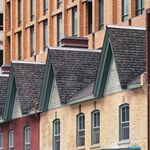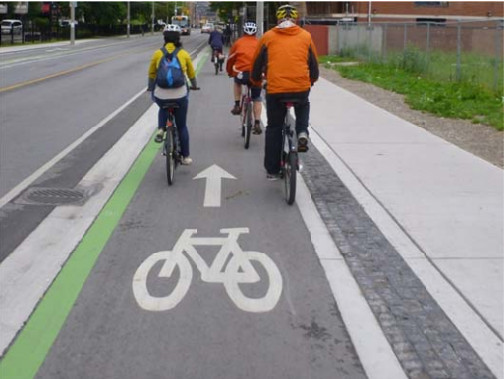H4F33Z
Active Member
Why can't we just install bollards or flexiposts on every bike lane. Now, they're "safer" but emergency vehicles can still park. That could probably boost ridership for a lot of routes because it's "safer", discourages drivers from parking and would be pretty affordable. It's only $238 per bollard and $238,000 for a kilometre or double for more "safer" bike lanes. This wouldn't be too much in the city's budget. the bollards can be denser depending on the street situation. Now, I know people would think that this is a lazy plan for Toronto. Yeah, it is, but what do you think Toronto Council can do. They can either take 10 years to analyze and plan for a permanent high quality facility or they can just simply upgrade a bike lane to cycle track with bollards or even parking. This wouldn't work everywhere though, but it's pretty simple. Painted lines are not enough and this one simple addition can cause the cycling shift and mindset change. Any suggestions to this plan?






